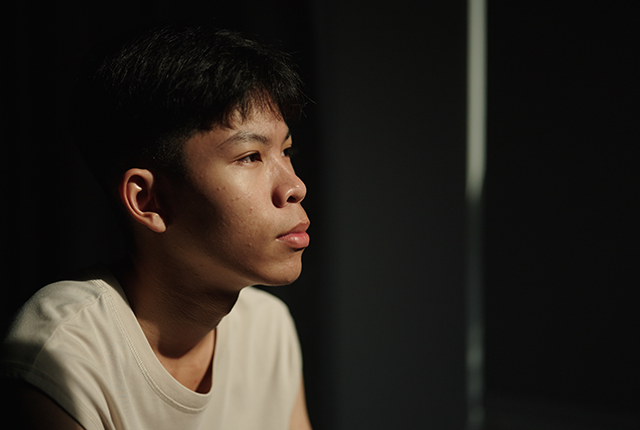
Suicide rates differ in subgroups of young Asian Americans
A study identifies communities at relatively higher risk, and aims to help develop targeted, culturally appropriate interventions.Media Contact: Brian Donohue - 206-543-7856, bdonohue@uw.edu

Although suicide rates have been relatively lower among Asian Americans, those rates have risen sharply in recent years among younger members of this broad demographic.
A new study reports that suicide rates among young Asian Americans (ages 15-24) vary significantly between different ethnic subpopulations, suggesting that very low rates in some groups might be concealing worryingly high rates in others.
The findings, published today in JAMA Pediatrics, suggest that programs aiming to reduce suicide rates among young Asian Americans should seek to address the needs of these higher-risk groups, said the study’s lead author, Dr. Anthony L. Bui, an acting assistant professor of pediatrics at the University of Washington School of Medicine in Seattle.

“When we’re designing policies and programs to address this problem, we need to think about which communities to focus on and how to make our mental health interventions appropriate, taking into account things like culture, language and community resources,” said Bui, who is also an investigator at Seattle Children’s Research Institute.
Bui and colleagues analyzed data from 2018 to 2021 on U.S. suicide rates among youths ages 15 to 19, and young adults ages 20 to 24, in five ethnic groups: Chinese, Filipinos, Indian, Korean, Vietnamese and “all other.”
The “all other” categorization comprised ethnic groups for which there were not enough cases for individual statistical analysis. They included Bangladeshis, Bhutanese, Burmese, Cambodians, Hmong, Indonesians, Japanese, Laotians, Malaysians, Mongolians, Nepalese, Pakistanis, Sri Lankans, Taiwanese and Thais.
Among youths, Asian Americans overall had a lower suicide rate than non-Asian Americans, with 9.17 deaths per 100,000 compared to 10.77. Among Asian American youth, the suicide rate was lowest among Indians, 6.91, and highest among Vietnamese, 10.57, and the “all other” group, 13.37. The suicide rate among Chinese youth was 7.59, Filipino youth, 7.64, and Korean youth, 8.44.
Among young adults, the suicide rate among Asian Americans, 14.18 per 100,000, was again much lower than that seen among non-Asian Americans, 18.32. Among Asian American young adults, the suicide rate was lowest among the Chinese, 9.24. Rates were again highest among Vietnamese young adults, 17.66, and young adults from the “all other” group, 16.79. Their rates were almost twice as high as those seen among Chinese young adults.
“The important takeaway of this study is that we don’t lump data about Asian Americans into one large category, because when we do, it hides underlying disparities,” Bui said. “By disaggregating these data we gain a better understanding of what’s happening in these communities and which interventions could really help.”
Written by Michael McCarthy
For details about UW Medicine, please visit https://uwmedicine.org/about.